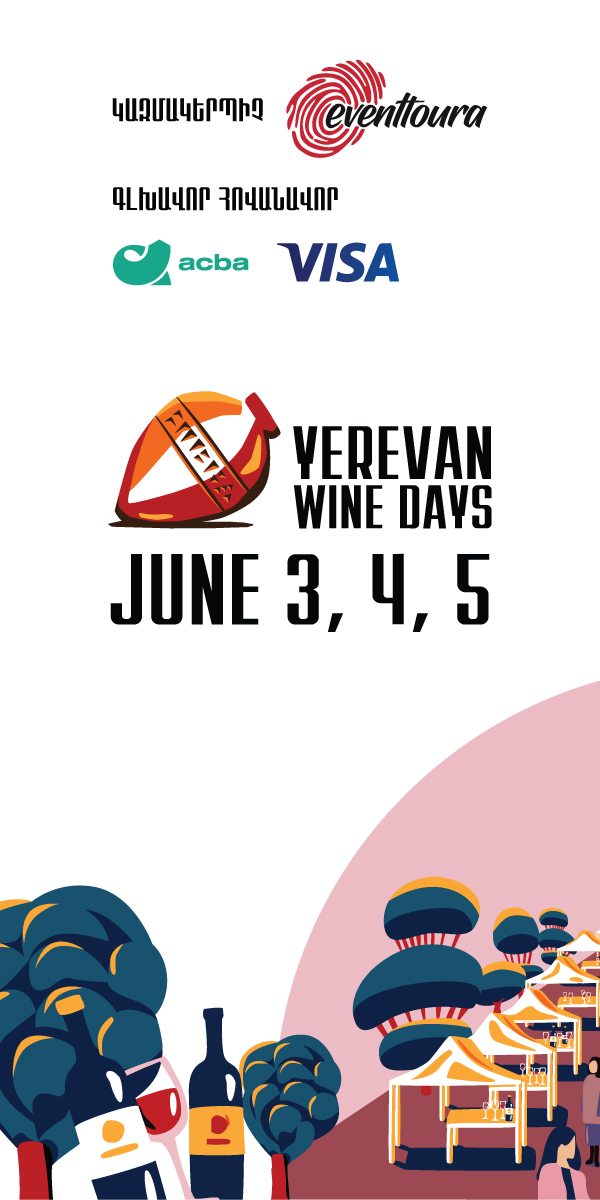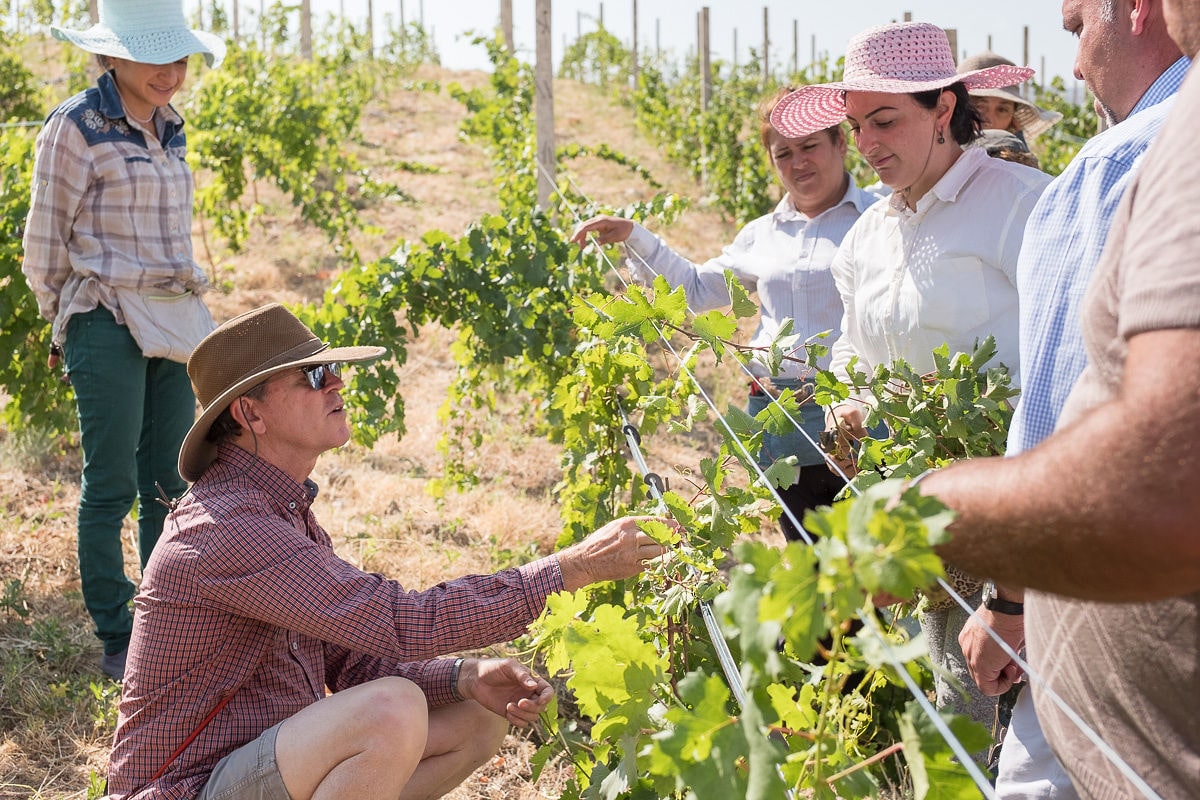Discovering the Northern History of Tavush
- By Gohar Abrahamyan
- Translated by Lilia Khachatryan
- 21 April, 2022
Rows of vineyards stretch along the fraught border between Armenia and Azerbaijan, and now and then, they even take a bullet. For the community of Berdavan in the province of Tavush, 125 miles (200 km) from Yerevan, many inhabitants make their living exclusively off of these vineyards.
Despite the unstable border and deadly crossfire, the vineyards are cultivated with care and what they yield is used to make quality wine. The village’s older inhabitants relate that during the USSR, the total harvest per year was thousands of tons. By 1991, Armenia became newly dependent which led to the privatization of 398 acres (161 ha) in Berdavan. Only 137 acres (55.3 ha) of these vineyards remain today.
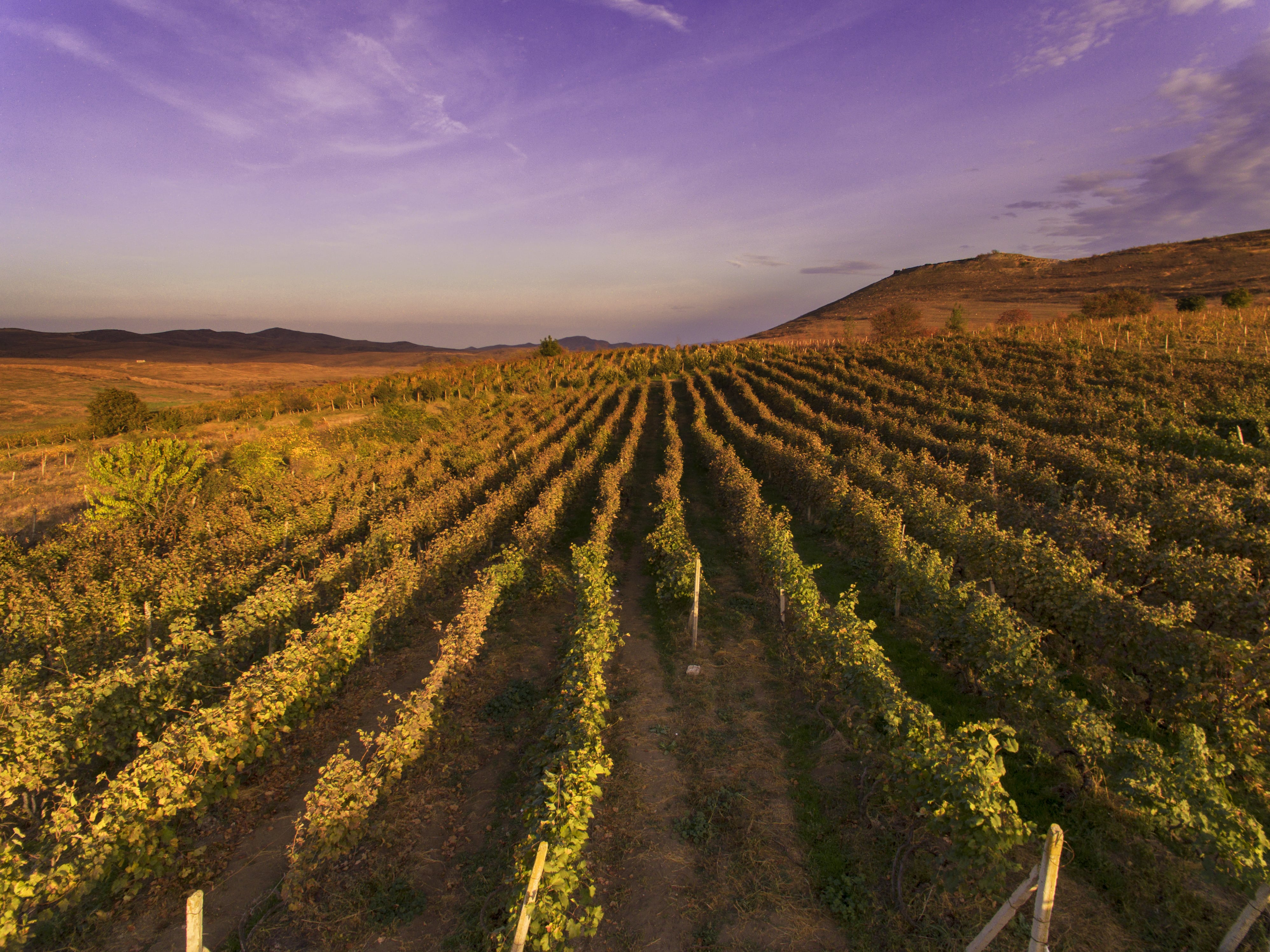 Vineyards in Tavush | Photo Credit: Suren Manvelyan
Vineyards in Tavush | Photo Credit: Suren Manvelyan
During Soviet Union rule in Armenia, especially between 1940 and 1985, the winemaking industry grew by ninefold. By the 1980s, Armenia produced on average 210,000 tons of grapes per year, out of which 150 million liters of wine were produced. Grapes grown in Tavush province claim a significant part of these numbers. The Tavush province is the second largest center of Armenian winemaking, second only to the province of Vayots Dzor. The province possessed around 10 wineries during the USSR.
Of the 3,516 inhabitants of Berdavan, around 80 families work in viticulture. Vardan Zurabyan’s vineyard is 65-years-old, obtained by lottery during privatization. Now, it stands a slim 2,500 feet (750m) from a direct line of fire—closer than his house, he jokes.
“In 2016, we harvested under fire. Sometimes we harvested by night or early in the morning. I was only able to drive four tons of grapes out using my Zhiguli (a Soviet-era car). I was afraid to use a bigger car because the vineyard was under watch and in the enemy’s crosshairs. Thank God nothing happened. To hell with the grapes! Are they more important than a human life? In 2015, the neighboring vineyard’s car came under fire as they loaded boxes into it. They haven’t worked that vineyard since.”
Many abandon their vineyards because of shootings. The businessmen are also afraid of investments. Although there is interest in these local grape varieties, building a winery here and creating work is a risky venture.
Nonetheless, an enterprising group eventually explored Tavush province, studying grape varieties in Noyemberyan. They found that the varieties were rare and important for high-quality wine.
“WineWorks, which produces high-quality wines and supports winemaking projects, sent winemaker Arman Manukyan to study our local varieties. They took special interest in the Jrjruk, Lalvari, and Banants varieties, and suggested we harvest and process them,” Vardan Zurabyan says.
According to Zurabyan, the village farmers are very excited. They hope interest in local grapes will grow and help the region recover the glory of its past in viticulture.
Sandro Yergenyan recalls how the older inhabitants of the village were proud of the local grapes.
“When we were kids, the adults would say there are no grapes like ours. I have only recently come to understand what they meant. The grapes in this region are truly good and I’m happy there is interest in the varieties. The vineyards are only 1,970 feet (600 m) from the border, but it doesn’t stop the farmers from working with love and obtaining the attended yield.”
“I was born and raised in this village, so, naturally, I work in agriculture. Clearly I wouldn’t go into the sciences,” Yergenyan says laughing. “Do you know what a pleasure it is to work year-round and earn the yield you’d anticipated? And not one vine goes to waste? This is our life.”
 A vine shoot in the border village of Vazashen, Tavush | Photo Credit: Suren Manvelyan
A vine shoot in the border village of Vazashen, Tavush | Photo Credit: Suren Manvelyan
Arjis
Manvel Nersisyan, an inhabitant of Arjis, has a vineyard in high demand here from companies that produce quality wine.
“During privatization, I got 48,438 square feet (4,500 sq m) of vineyards. I was lucky to get [vineyards with Lalvari grapes],” Nersisyan says, smiling. “There were other grape varieties, but as a specialist, aware of the characteristics and advantages of Lalvari, I made a serious effort and turned the whole vineyard to Lalvari.”
Arjis is in a luckier position in regards to the unstable border. But from 2018 on, fungal diseases have been making harvest difficult from year-to-year.
“Economically, peach orchards are more lucrative, but I love grapes and cultivate them with all my heart. I was the only person who worked the vineyard this year. When my work paid off, it was even more inspiring. They came, had a look, and evaluated what was here. The most important part is that we trust each other. And I received payment at a higher-than-market price right after the grapes were weighed. It doesn’t usually happen like that,” Nersisyan says.
A Sparkling Revolution
Grapes used for the production of Seraphim sparkling wine are bought from the Berdavan and Arjis communities.
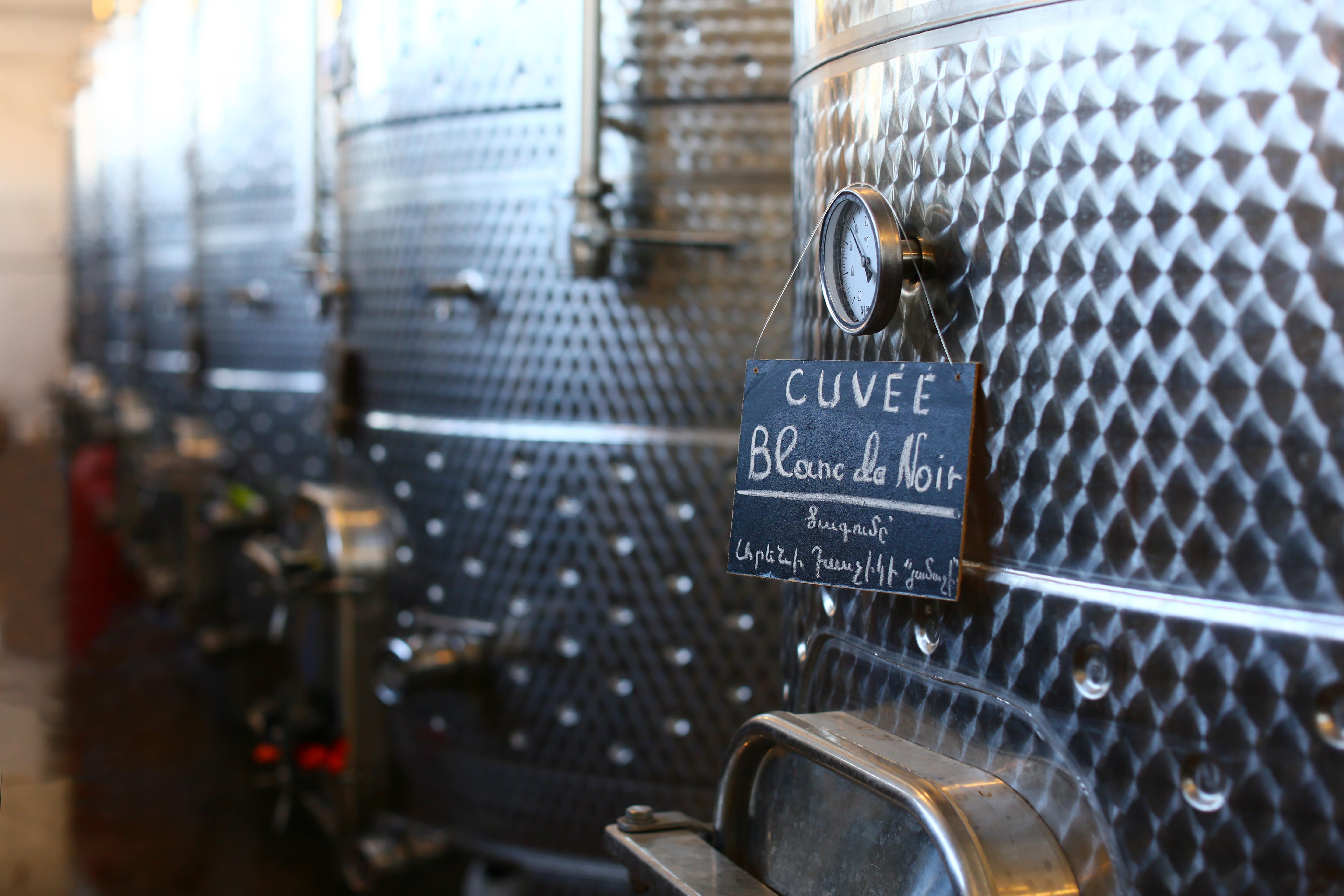
Areni ferments into sparkling wine in stainless steel tanks | Photo Credit: Suren Manvelyan
Seraphim project director Vazrik Sekoyan recounts their decision to produce sparkling wine. “In general, bubbles make for a good mood; they make for a nice atmosphere. The culture of drinking sparkling wine is new in Armenia and the market isn’t saturated yet. Seraphim has a single vision: to become synonymous with the enjoyment and celebration of the best occasions, in the language of wine connoisseurs.” Sekoyan guarantees that Tavush province has what it takes to become the center of Armenian white and sparkling wine.
“Our research saw great potential in Tavush province as a supplier of white grapes. We wish to not only make high-quality wine for appreciation by connoisseurs, but to help develop the province’s agriculture,” Sekoyan asserts.
Tavush Stands Apart
NOA Wines Operations Director Arpine Manukyan describes Tavush province as quite different from the other winemaking regions of Armenia. “The climate here, the geographic location, the soil, the people, and the traditions all have a unique role in the formation and development of viticulture. The precipitation level per year is higher than that of other winemaking regions in Armenia, so there is less need for irrigation. The winters are milder, so we don’t have to cover the vines. The soil here is mainly chernozem (black-colored), or clay. Some of Armenia’s lowest altitude vineyards are here. During the Soviet Union, vineyards in the Tavush province were infested with phylloxera, so they were grafted onto American rootstock. Now they are immune.”
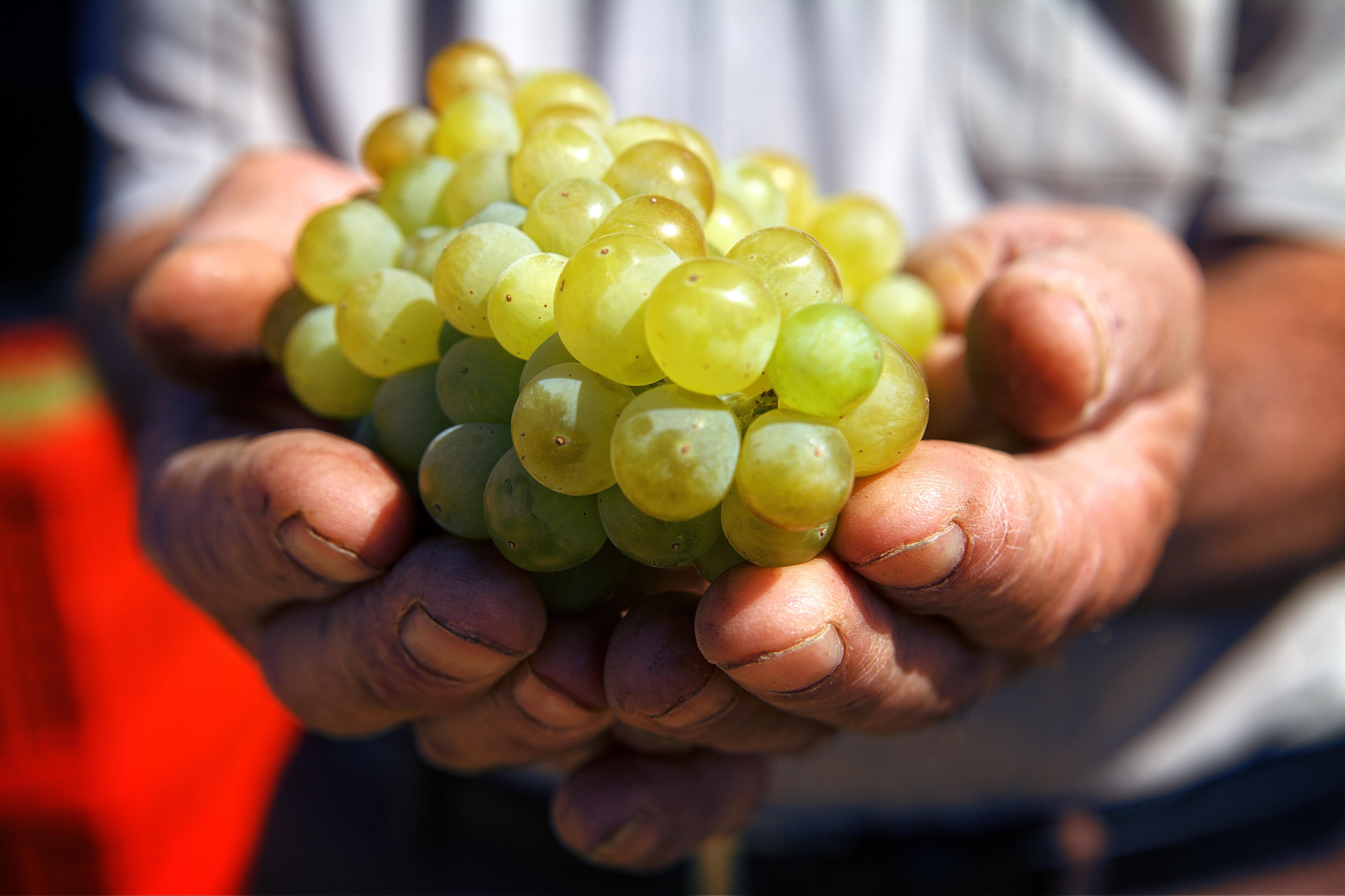
A cluster of Voskehat, Armenia’s golden grape | Photo Credit:
Manukyan says, “We have a couple of projects related to Tavush. They are made of Lalvari and Koghbeni grape varieties from Debedavan.” They have now been released and exported for consumers to understand the intricacies of the Tavush region.
Renewal
Zara Mazmanian, Tus project manager, is sure their project will lead to job creation and the old winemaking culture will be renewed. “The grapes will all be sourced from the Tavush province. The project name is itself connected to the region. Tus is the old Armenian name of the Tavush province. We’re trying to connect the wine to the Tavush region through this beautiful old Armenian name. We are very proud that the collaboration has produced high-quality wine, and we are trying to renew winemaking in the Tavush province, as Northern Armenia has very few interesting wines. We are sure the project will be successful."
We want to make a wine with a long and stable history, one that’s not limited to the Armenian market,” Mazmanian adds.
With such potential for viticulture, inhabitants of the Tavush province are hopeful that production of high-quality wines will raise interest in the region, expand vineyards, and cover Tavush’s fields in vines again.
-
21 December, 2022
-
15 December, 2022
-
30 November, 2022
-
26 August, 2022
Similar Stories
-
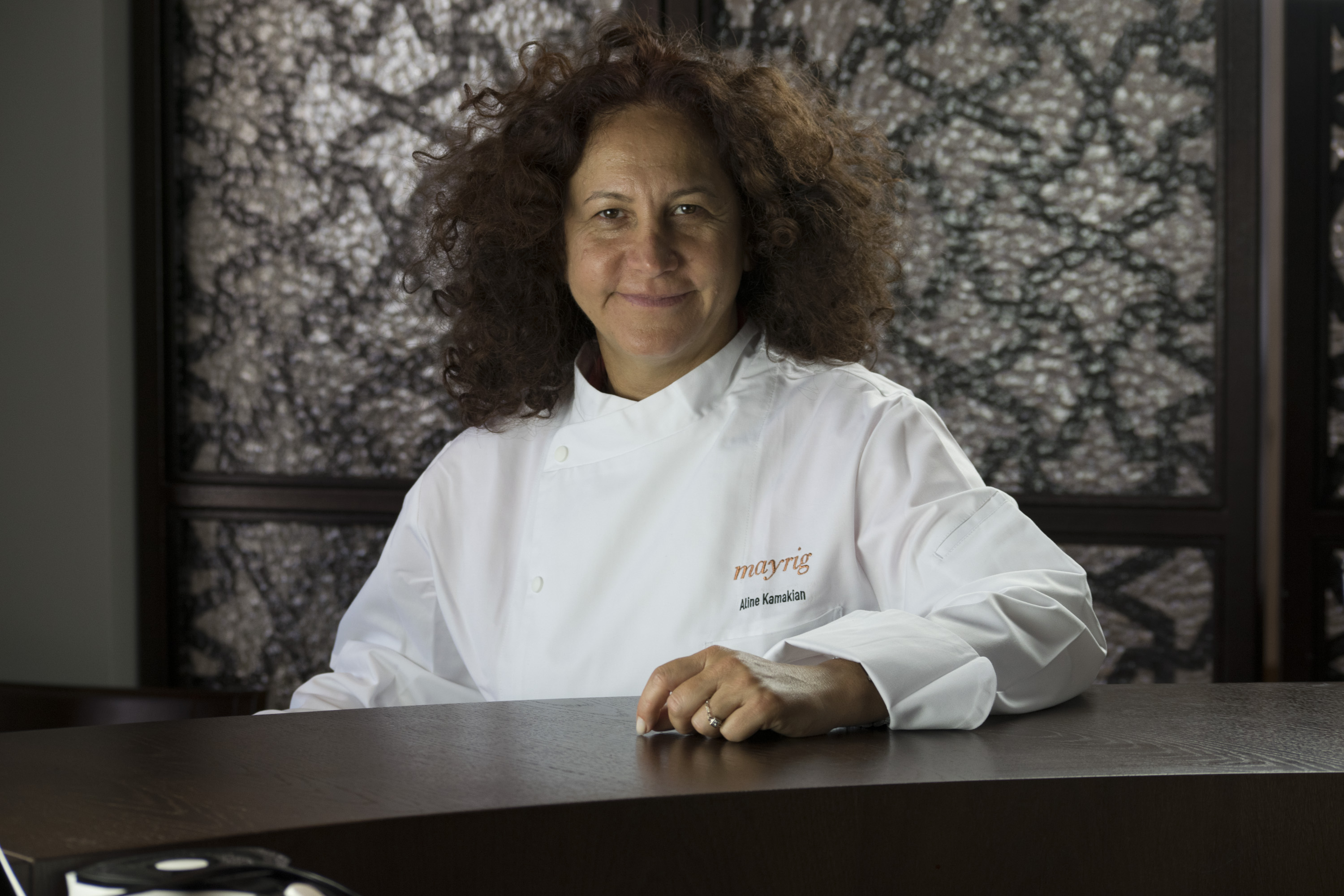 21 April, 2022The last 20 years have been busy for the Lebanese-Armenian female entrepreneur. She was born to genocide survivors from Tomarza and the Musa Dagh regions in Turkey who fled the Ottoman massacres to Beirut in Lebanon. The story of Mayrig began in 2003 when Aline Kamakian bought a dilapidated building in Beirut, Lebanon.
21 April, 2022The last 20 years have been busy for the Lebanese-Armenian female entrepreneur. She was born to genocide survivors from Tomarza and the Musa Dagh regions in Turkey who fled the Ottoman massacres to Beirut in Lebanon. The story of Mayrig began in 2003 when Aline Kamakian bought a dilapidated building in Beirut, Lebanon.


